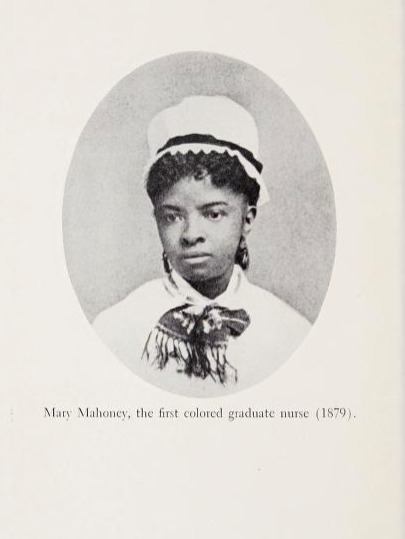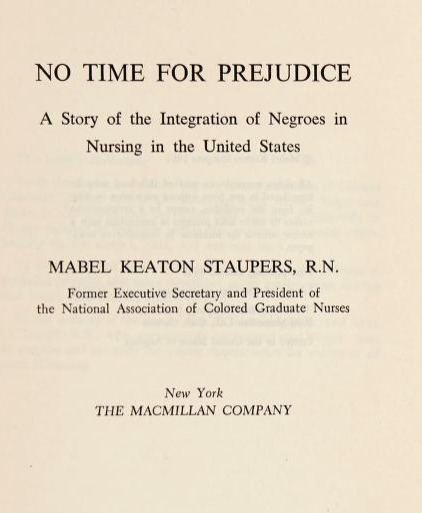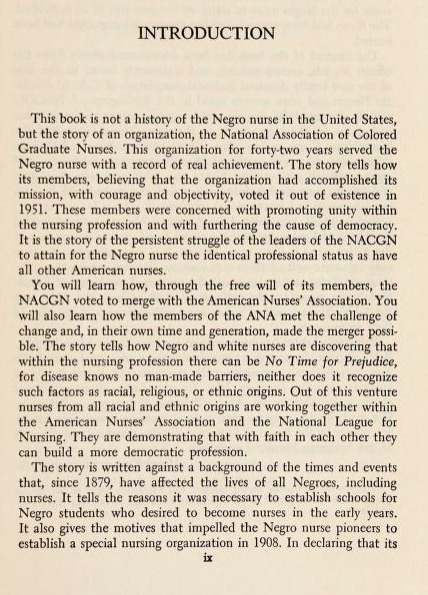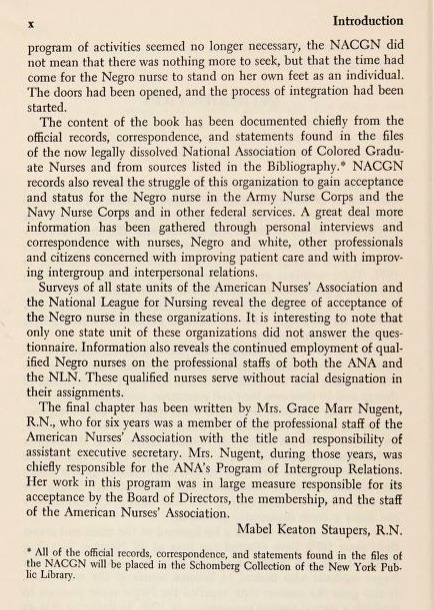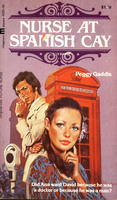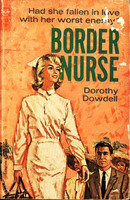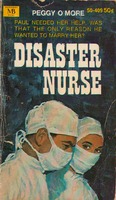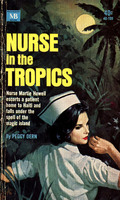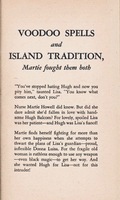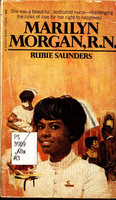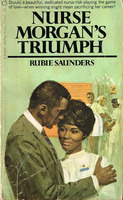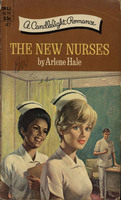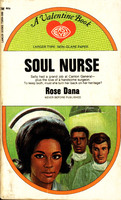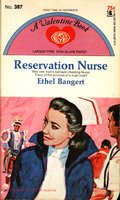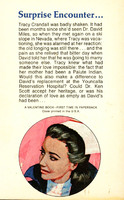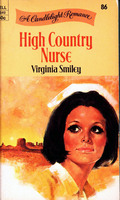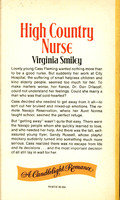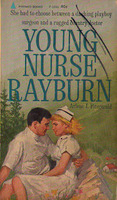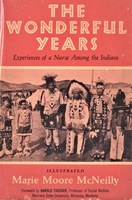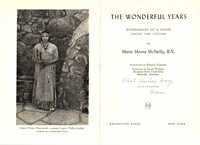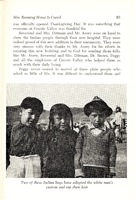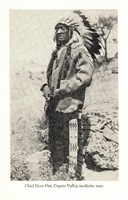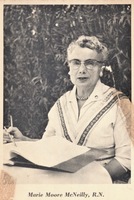Race
Nursing, as depicted by romance novels, was performed by white women alone, at least until about 1969. Few authors wrote protagonists of color. Even secondary characters were predominantly white. Hispanic, Latino, Italian, Jewish, and Black characters were uncommon except to serve as either tangential characters in helping professions (drivers, porters, nannies, maids) or as a disadvantaged demographic that the white nurse would save.
The reality of white women holding a higher proportion of nursing jobs is of course a matter of systemic and institutionalized racism affecting not only access to education but also the healthcare industry. But there have always been nurses of color and professional associations, such as the National Association of Colored Graduate Nurses (NACGN), played as significant a role in establishing professional and educational standards as their white counterparts. Desegregation of the profession occurred gradually and in steps: though the American Nurses Association (ANA) did not technically discriminate they required members to also belong to state associations which often did discriminate, the American Red Cross and the Army Nurse Corps desegregated shortly after World War I, the federal government helped fund rectruitment and training of black nurses for the Army Nurse Corps during World War II but the military did not allow black nurses to care for white soldiers, in 1942 the National League for Nursing Education (NLNE) created individual memberships thus ensuring black nurses membership, and in 1949 the ANA proposed a merger with the NACGN, which was approved by the NACGN in 1951.
Be sure to click each image to open up a lightbox gallery with more examples, images, and quotes!
The Paternalistic White Nurse
Nurse-protagonists of the 1960s desired to help those less fortunate than themselves. Unfortunately, these narratives reveal troubling biases and moral philosophies. Meant to be interpreted as selfless, compassionate, and progressive in their attitudes, readers today are more likely to interpret these characters as racist and paternalistic. Most characters of color are relegated to non-speaking roles, grouped together as one demographic, and treated as less intelligent than the white nurses and doctors who are sent to "help" them.
Black Nurse-Protagonists
In 1969, Rubie Saunders published Marilyn Morgan, R.N., the first book in her 4-book series featuring a black nurse-protagonist. Within a few years, several other authors also published nurse romances with protagonists and central characters of color. Rubie Saunders, however, was the only author who was herself a woman of color. The New Nurses, written by white author Arlene (Mary) Hale, was one of the first nurse-themed romance novels to feature a black nurse in a large secondary role as the protagonist's friend and colleage. Soul Nurse, published in 1970, was written by Rose Dana—one of the several pseudonyms for prolific genre fiction writer, William Edward Daniel Ross. Ross was white, male, and Canadian. While Marilyn Morgan, R.N. and The New Nurses are romances, the only novel to feature an interracial romance was Dana's Soul Nurse.
Nurses and Native Americans
Several nurse romances in the '60s and '70s featured nurse-protagonists who work on reservations. Despite Reservation Nurse having a protagonist with native heritage and the protagonist of High Country "learning to love" the Native Americans, the treatment of Native Americans in nurse romance novels is similar to the treatment of foreigners and immigrants—they are othered, stereotyped, and "graced" by the paternalistic compassion of a white (or mostly white) nurse. Unfortunately, nonfiction accounts of nurses who worked for the Indian Service are similarly paternalistic in their approach, desrcibing the "heroism" of nurses who "endured hardships" to lift Natives into modernity...yikes!
Critical Thinking Prompts:
-
How do nurse steretypes interact with steretypes about race, class, and ethnicity in these narratives?
-
What does it mean for a white, male, Canadian to narrate as a black female American nurse protagonist about racial identity?
-
Why do you suppose Rubie Saunders chose not to address racial conflict in her book Marilyn Morgan, R.N.?
-
Stories about nurses working on Native American reservations repeated and exaggerated stereotypes about Native Americans. Do you think it is more problematic when these steretypes are present in non-fiction? Why or why not?
-
What do these narratives reveal about America's white standard? How might fiction inform our understanding about historical appraoches to such things as public health nursing and social work?
-
Can we learn something from these narratives about the intersections of race, ethnicity, public health nursing, and the equality? Could these narratives help inform practices and policies today as we strive to dismantle white supremacy and institutional racism?

